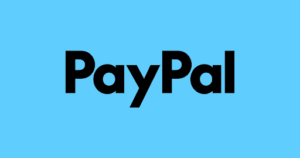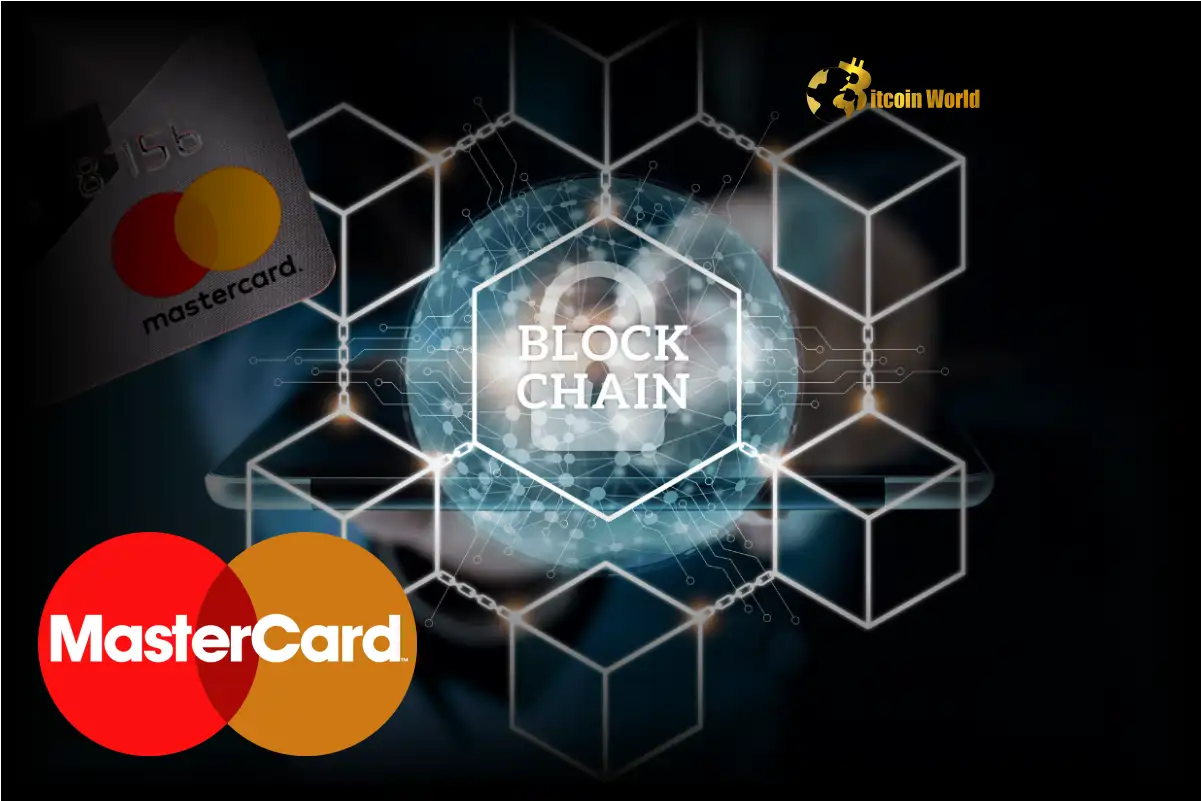The financial landscape is witnessing a seismic shift, and at the forefront of this transformation is none other than global payments giant, Mastercard. In a move that’s sending ripples through both the traditional finance (TradFi) and cryptocurrency sectors, Mastercard is building a groundbreaking “Multi-Token Network.” This ambitious project aims to create seamless pathways for digital asset transfers, connecting consumers, merchants, and financial institutions like never before. Are you ready to witness how this revolutionary initiative could reshape the future of finance?
Mastercard Blockchain Network: Bridging TradFi and Crypto
Raj Dhamodharan, Mastercard’s executive vice president of blockchain and digital assets, recently unveiled the company’s vision to Business Insider. Imagine a world where transferring digital assets is as straightforward and user-friendly as using popular mobile payment apps like Venmo or Zelle. This is precisely what Mastercard is striving to achieve with its Mastercard blockchain network. The goal is clear: to bridge the gap between the established world of TradFi and the rapidly evolving realm of decentralized crypto markets. By leveraging its global scale and expertise, Mastercard is poised to become a pivotal player in this convergence.
But why is Mastercard, a company synonymous with credit cards, venturing into blockchain technology? The answer lies in the growing recognition of blockchain’s transformative potential. Financial institutions are increasingly acknowledging that blockchain isn’t just about cryptocurrencies; it’s a foundational technology capable of spawning innovative business models and enhancing existing financial infrastructure.
What is the Multi-Token Network?
At the heart of Mastercard’s initiative is the “Multi-Token Network.” Let’s break down what makes this network so significant:
- Interoperability: The network is designed to facilitate the smooth transfer of various digital assets. This means it’s not limited to a single cryptocurrency but can potentially support a wide range of tokens, including stablecoins, central bank digital currencies (CBDCs), and other forms of digital value.
- Compliance-Focused: Mastercard emphasizes that the network is being built with regulatory compliance in mind. This is crucial for fostering trust and adoption among financial institutions and ensuring the network operates within legal frameworks.
- User-Friendly Experience: Drawing inspiration from user-centric platforms like Venmo and Zelle, Mastercard aims to create an intuitive and accessible experience for users of all technical backgrounds. This focus on ease of use is vital for mainstream adoption.
- Bridging TradFi and Crypto: The core objective is to create a bridge between traditional financial systems and the decentralized world of crypto. This involves enabling TradFi institutions to engage with digital assets in a secure, compliant, and efficient manner.
The Growing Interest in Financial Institutions Blockchain
Mastercard’s move isn’t happening in a vacuum. There’s a palpable surge of interest from financial institutions blockchain technology. These institutions are no longer on the sidelines; they’re actively exploring how blockchain can revolutionize their operations and create new revenue streams. Here are some key reasons behind this growing interest:
- Efficiency and Speed: Blockchain technology promises to streamline processes and accelerate transaction speeds, particularly in areas like cross-border payments and settlements.
- Transparency and Security: The inherent transparency and security features of blockchain can enhance trust and reduce risks associated with financial transactions.
- New Business Models: Blockchain opens doors to entirely new business models, such as tokenized assets, decentralized finance (DeFi) applications, and innovative payment solutions.
- Competitive Advantage: Early adoption of blockchain technology can provide financial institutions with a competitive edge in an increasingly digital and interconnected world.
Benefits of the Multi-Token Network
What are the tangible benefits that Mastercard’s Multi-Token Network could bring to the table? Let’s explore the advantages for different stakeholders:
| Stakeholder | Benefit |
|---|---|
| Consumers | Seamless and user-friendly digital asset transfers, potentially lower transaction fees, and greater control over their digital assets. |
| Merchants | Expanded payment options, access to new customer segments, and potentially faster and more efficient payment processing. |
| Financial Institutions | Opportunities to offer new digital asset services, enhance operational efficiency, and tap into the growing crypto market. |
Navigating the Challenges of TradFi Crypto Integration
While the potential of bridging TradFi crypto is immense, there are also challenges to navigate. Integrating traditional finance with the crypto world is not without its complexities:
- Regulatory Uncertainty: The regulatory landscape for cryptocurrencies and digital assets is still evolving globally. Navigating these uncertainties and ensuring compliance is a major hurdle.
- Security Concerns: While blockchain itself is secure, the infrastructure built around it, including exchanges and wallets, can be vulnerable to cyberattacks. Robust security measures are paramount.
- Scalability: Some blockchain networks have faced scalability challenges, particularly when transaction volumes increase significantly. The Multi-Token Network will need to be scalable to handle widespread adoption.
- Interoperability Standards: Ensuring interoperability between different blockchain networks and traditional financial systems requires the development and adoption of common standards.
The Future of Digital Asset Transfer with Multi-Token Network
Mastercard’s Multi-Token Network represents a significant step towards mainstream adoption of digital assets. By creating a compliant, user-friendly, and interoperable platform, Mastercard is lowering the barriers for both consumers and institutions to engage with the world of crypto. The development of such networks is crucial for unlocking the full potential of digital asset transfer and integrating them seamlessly into the global financial ecosystem.
As the network evolves and matures, we can expect to see a wider range of use cases emerge. From enabling faster and cheaper cross-border payments to facilitating the tokenization of real-world assets, the possibilities are vast. Mastercard’s initiative could very well be a catalyst for a more inclusive and efficient financial future.
Conclusion: A Bold Step Towards Financial Evolution
Mastercard’s foray into blockchain with its Multi-Token Network is more than just a technological upgrade; it’s a strategic move that signals a profound shift in the financial industry. By actively building a bridge between TradFi and crypto, Mastercard is not just adapting to the changing landscape – it’s actively shaping it. This revolutionary project holds the promise of making digital assets more accessible, usable, and integrated into our daily lives, paving the way for a truly interconnected and efficient global financial system.
To learn more about the latest crypto market trends, explore our article on key developments shaping Bitcoin price action.
News – BitcoinWorld – Read More










